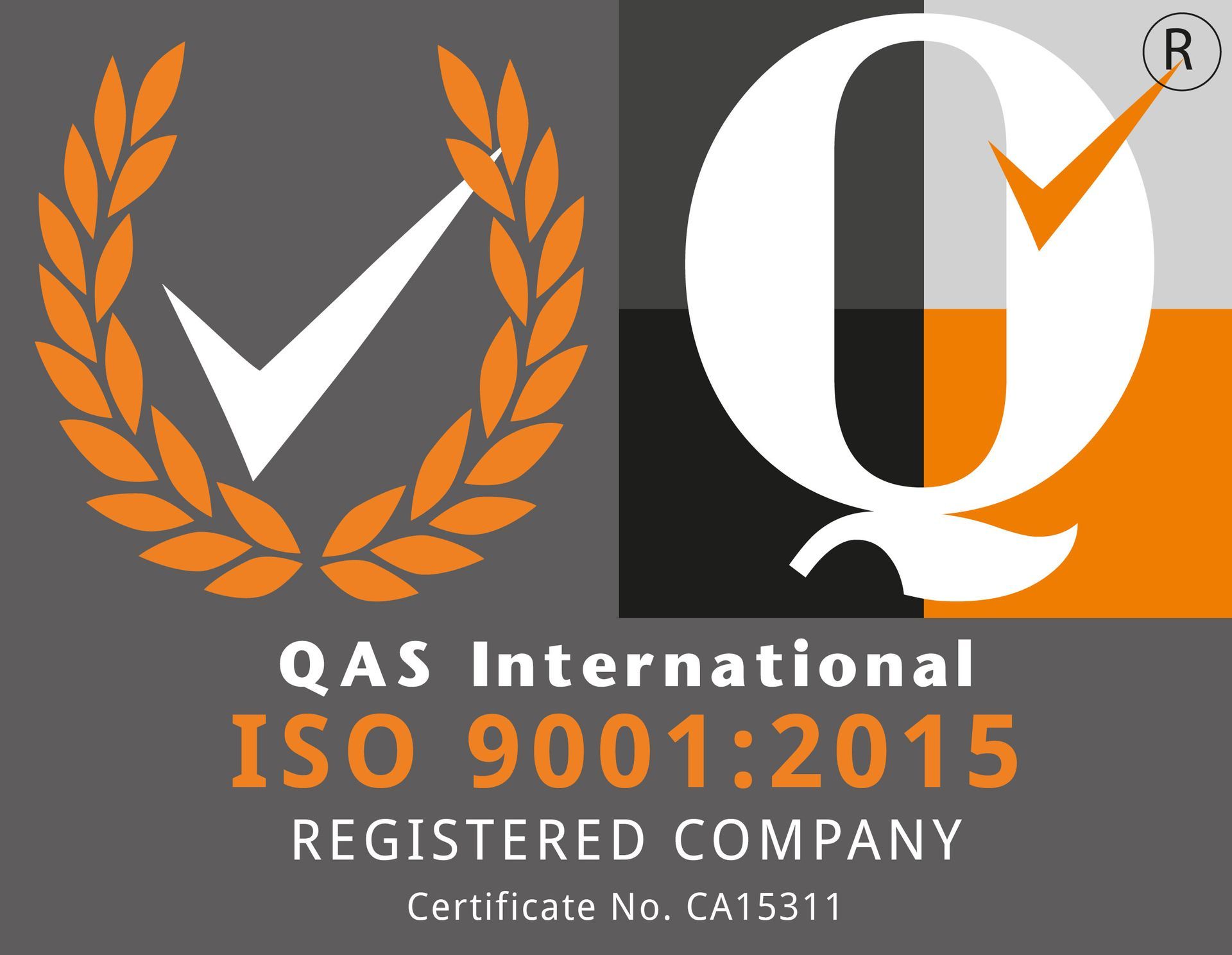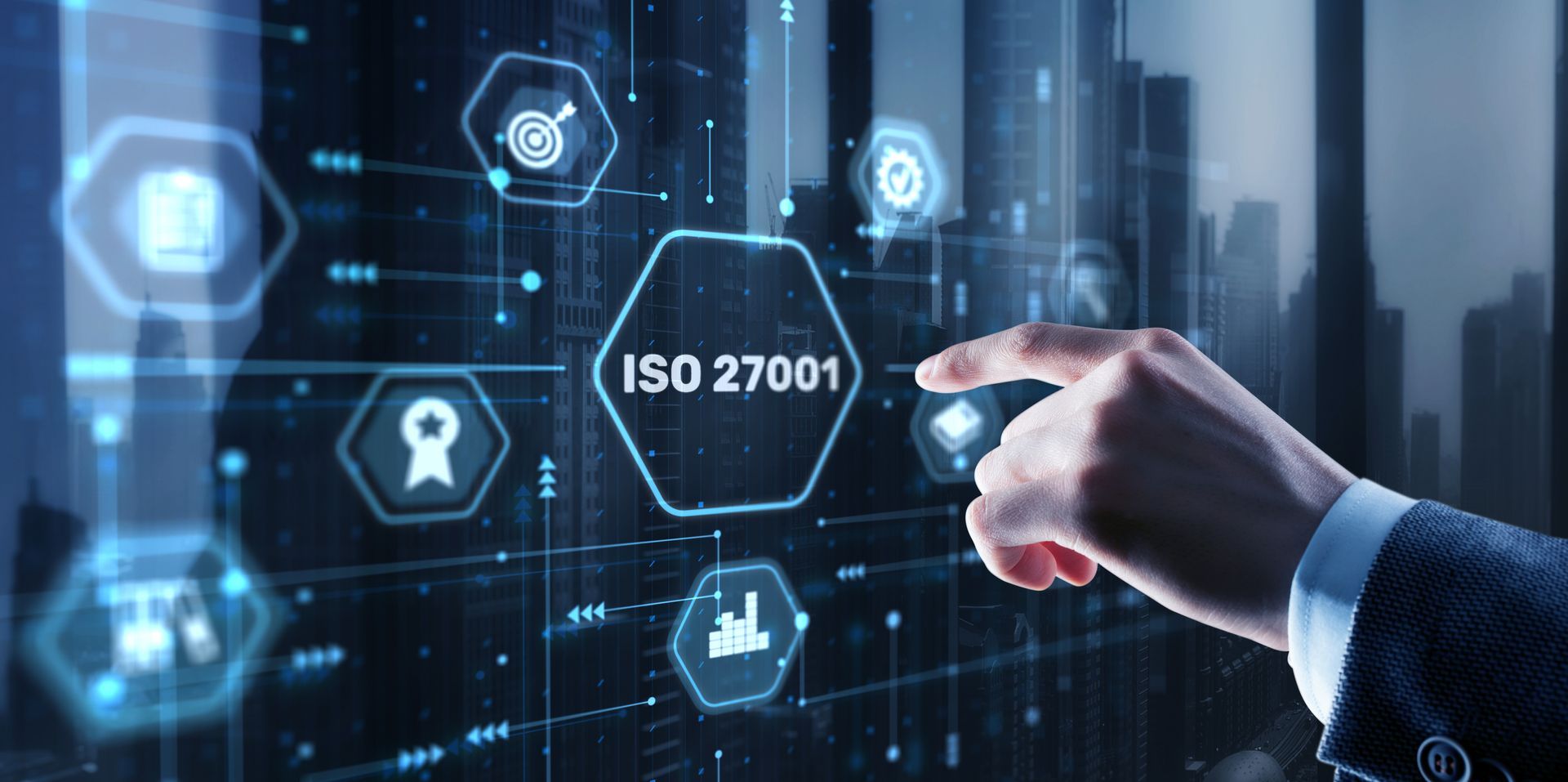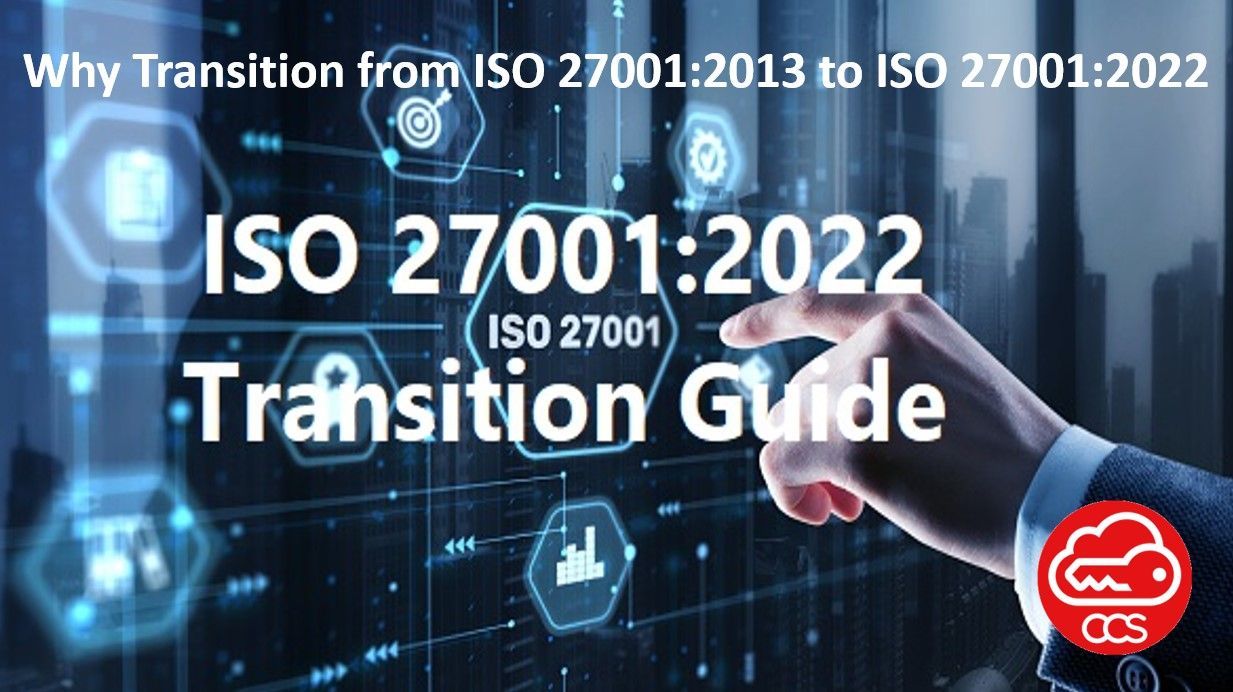Top 10 Key Performance Indicators (KPIs) for ISO 27001
In the digital age, where data breaches and cyber threats are all too common, organizations must prioritize information security. ISO 27001, the international standard for information security management systems, provides a robust framework for safeguarding sensitive information.
But how can you ensure that your ISO 27001 implementation is effective and aligned with your security objectives? The answer lies in Key Performance Indicators (KPIs). KPIs help organizations measure the success of their ISO 27001 efforts and ensure that information security practices are on track.
Here are the top 10 KPIs for ISO 27001 that can guide your organization towards enhanced information security.
1. Number of Security Incidents
The number of security incidents is a crucial KPI for assessing the effectiveness of your security controls. This metric tracks the incidents that have occurred, whether they involve data breaches, unauthorized access attempts, or other security breaches. Monitoring this KPI allows you to identify vulnerabilities and take corrective actions to prevent further incidents.
2. Incident Response Time
Incident response time measures how quickly your organization can detect, report, and respond to security incidents. A swift response is essential to minimize the impact of breaches. Monitoring this KPI ensures that your incident response procedures are efficient and that your team can mitigate threats promptly.
3. Risk Assessment and Mitigation Progress
The effectiveness of your information security program is closely tied to your ability to assess risks and mitigate them. Tracking the progress of risk assessments and the implementation of mitigation measures ensures that potential vulnerabilities and threats are addressed in a timely and organized manner.
4. Compliance with Security Policies
Maintaining compliance with your organization's security policies and procedures is vital for ISO 27001 success. Measure the degree of compliance with policies such as password management, access control, and data classification. This KPI helps ensure that security protocols are being followed consistently.
5. Security Training and Awareness
Employees are often the first line of defence in information security. Tracking the completion of security awareness training among your workforce is a critical KPI. It ensures that employees are well-informed about security practices and threats, which can help prevent security breaches caused by human error.
6. Security Audits and Assessments
Regular security audits and assessments are essential for identifying weaknesses and gaps in your information security. This KPI monitors the number of audits or assessments conducted and tracks their findings and the resolution status of any identified issues. It ensures that your organization continually strives to improve its security posture.
7. Patch Management Effectiveness
Vulnerabilities in software and systems can be exploited by cybercriminals. The effectiveness of your patch management process is crucial. Monitor the time it takes to apply security patches and updates to systems and software. A shorter resolution time is indicative of a more effective security program.
8. Access Control Effectiveness
Unauthorized access to systems and data is a significant threat to information security. Measure the number of unauthorized access attempts and successful breaches. By tracking this KPI, you can evaluate the strength of your access controls and identify areas for improvement.
9. Incident Resolution Time
Security incidents are inevitable, but how you respond to them can make all the difference. Measure the time it takes to resolve and recover from security incidents. A shorter incident resolution time minimizes downtime and data loss, ensuring that your organization can recover swiftly.
10. Security Investments
Allocating resources to information security is a key element of ISO 27001 success. Monitoring the allocation of budget and resources to information security measures is critical. Additionally, assess the return on investment (ROI) for these security initiatives, ensuring that your organization benefits from improved security.
Using these top 10 KPIs for ISO 27001, your organization can assess the effectiveness of its information security practices, measure compliance with the standard, and identify areas for improvement. Regularly reviewing these indicators will help your organization maintain ISO 27001 compliance, enhance information security, and safeguard sensitive data in an increasingly digital world.





